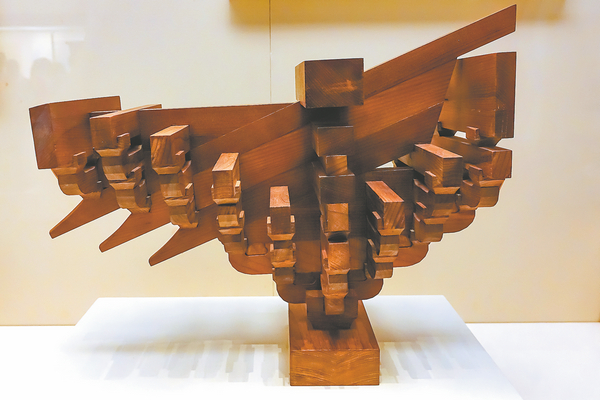Carving out a legacy
By Fang Aiqing | CHINA DAILY | Updated: 2023-11-28 08:06

Back in Suzhou, however, this same carpentry was applied in pursuit of a delicate Jiangnan (south of the lower reaches of the Yangtze River) temperament that is synonymous for the elegant and uncluttered lifestyle favored by ancient literati.
Here, the overhanging eaves have a feeling of lightness, making this "magic" of turning heavy, straight logs into curved, delightful shapes a challenge to any master of carpentry, according to Xu Jifan, Lu's nephew and the sixth-generation inheritor of the family tradition.
Lu says architecture built with their traditional carpentry makes perfect sense when being analyzed by modern physics.
They are solid and beautiful in a way that some joints and supporting structures look like decorations, and some are cleverly hidden.
And his ancestors were themselves intellectuals, capable of designing an architectural complex of diverse construction, featuring waterscapes and greenery, as well as a combination of complicated wooden structures. They were also able to partake in manual work as well as manage the whole project.
Yet Lu, modestly, says he always thinks his skill is no match for that of his father, who, in his lifetime, had taken part in the restoration of the renowned Fengqiao ancient town and the Hanshan Temple in Suzhou.
























